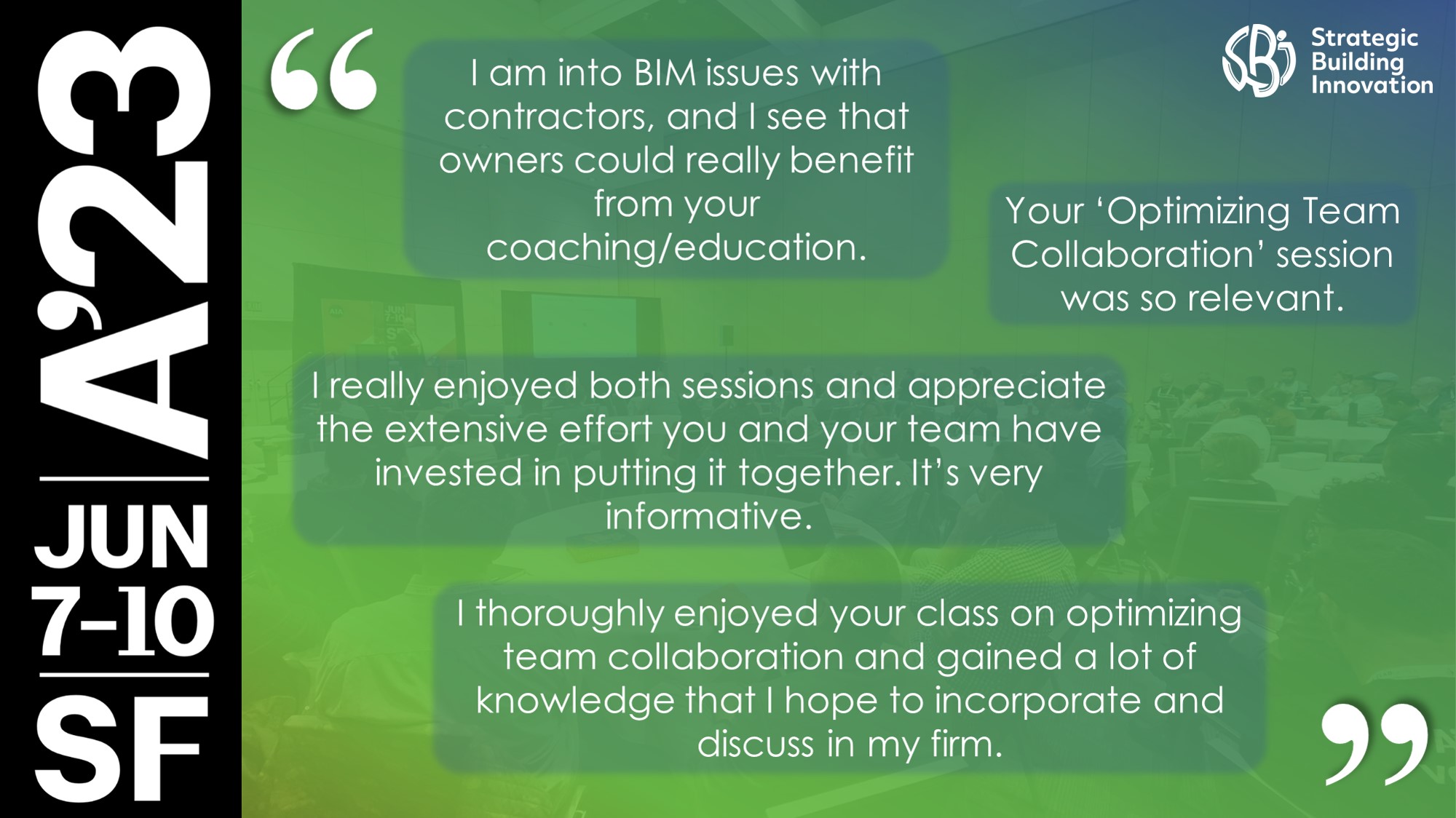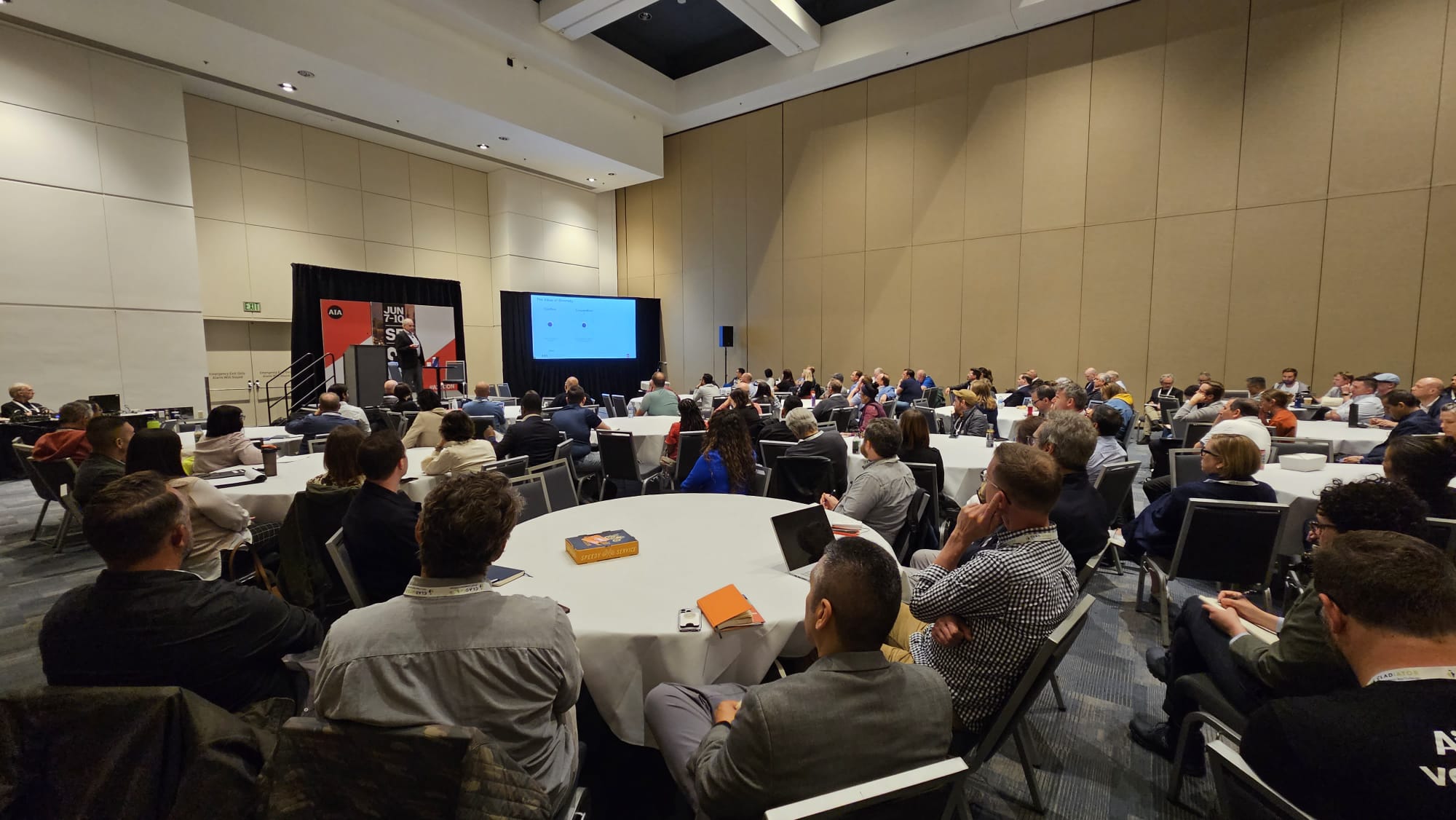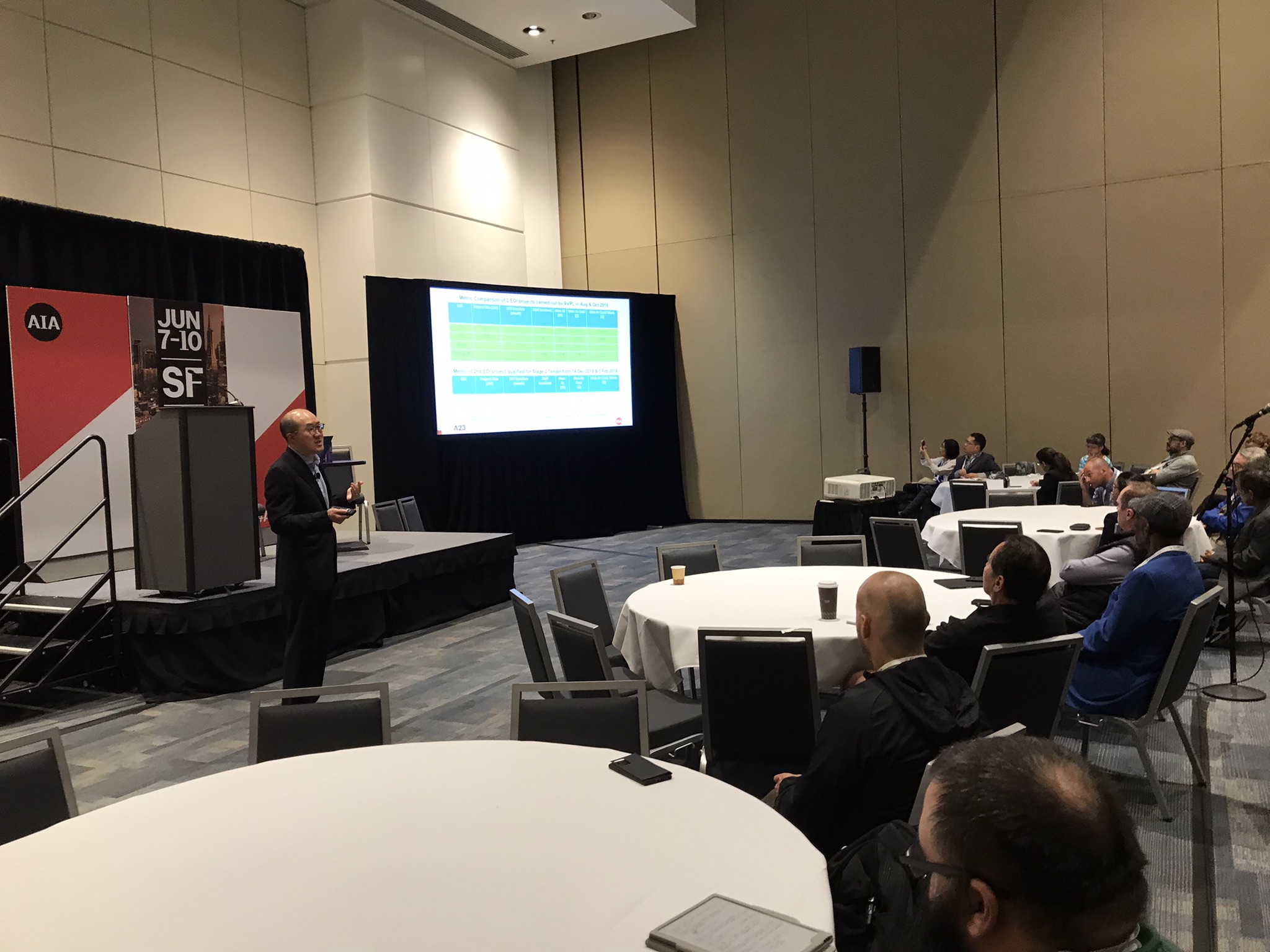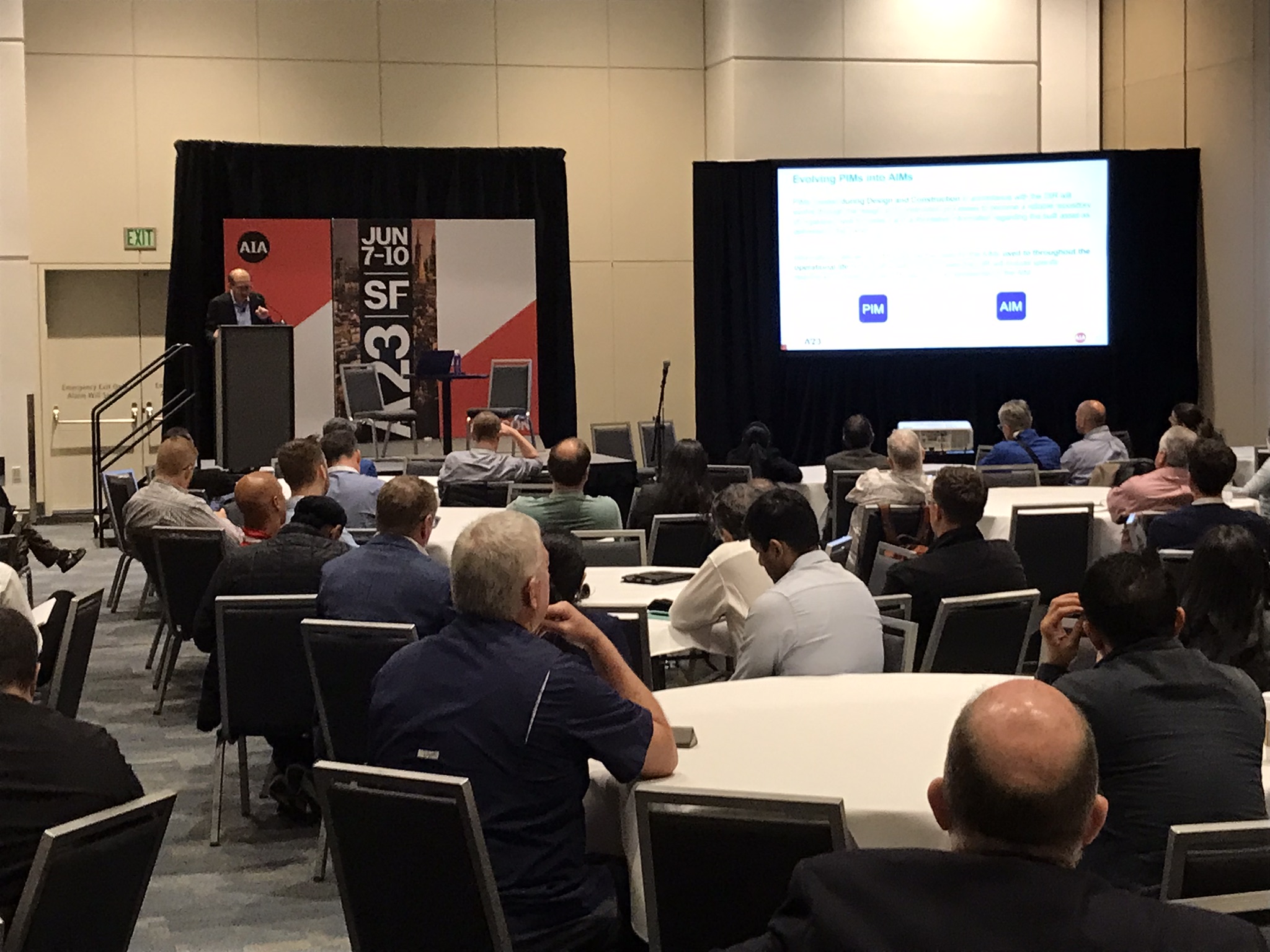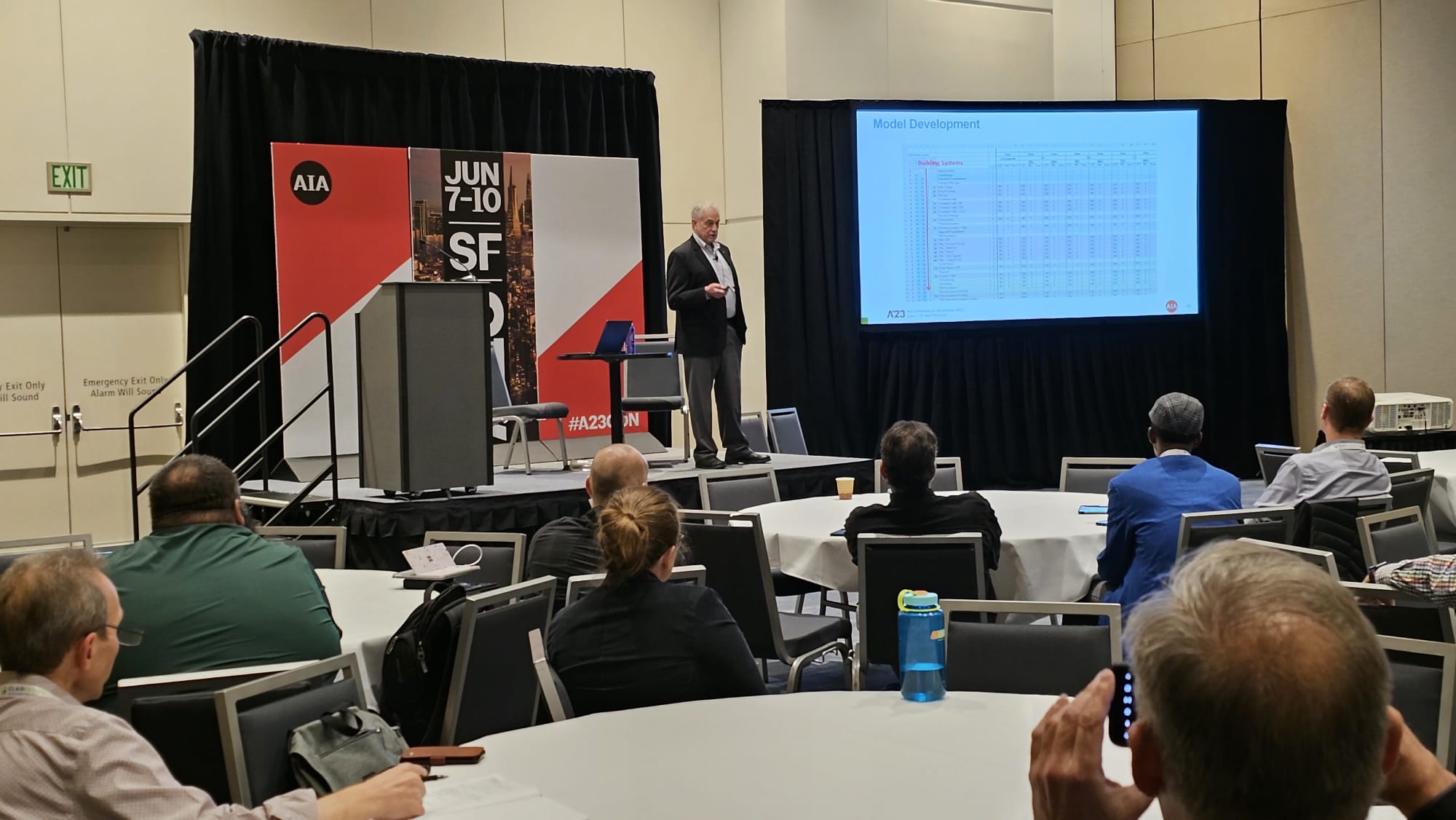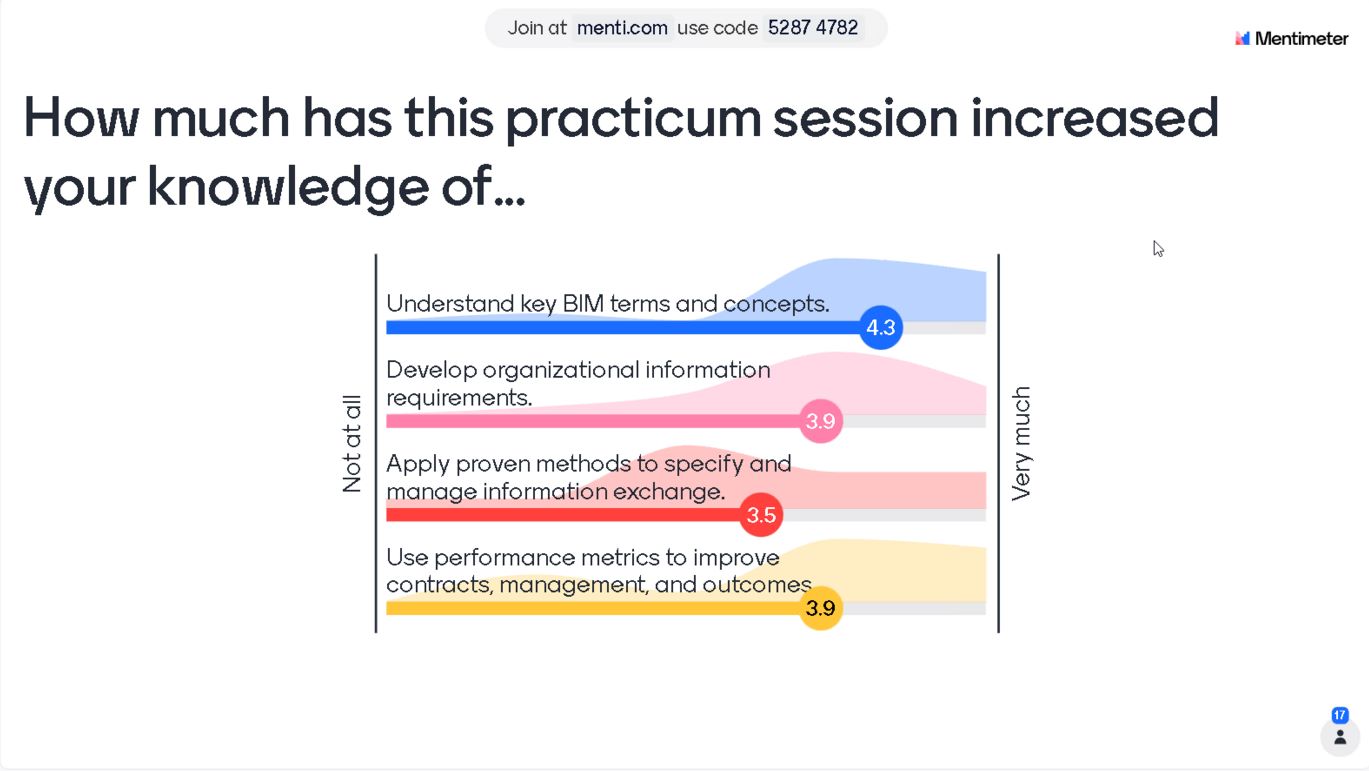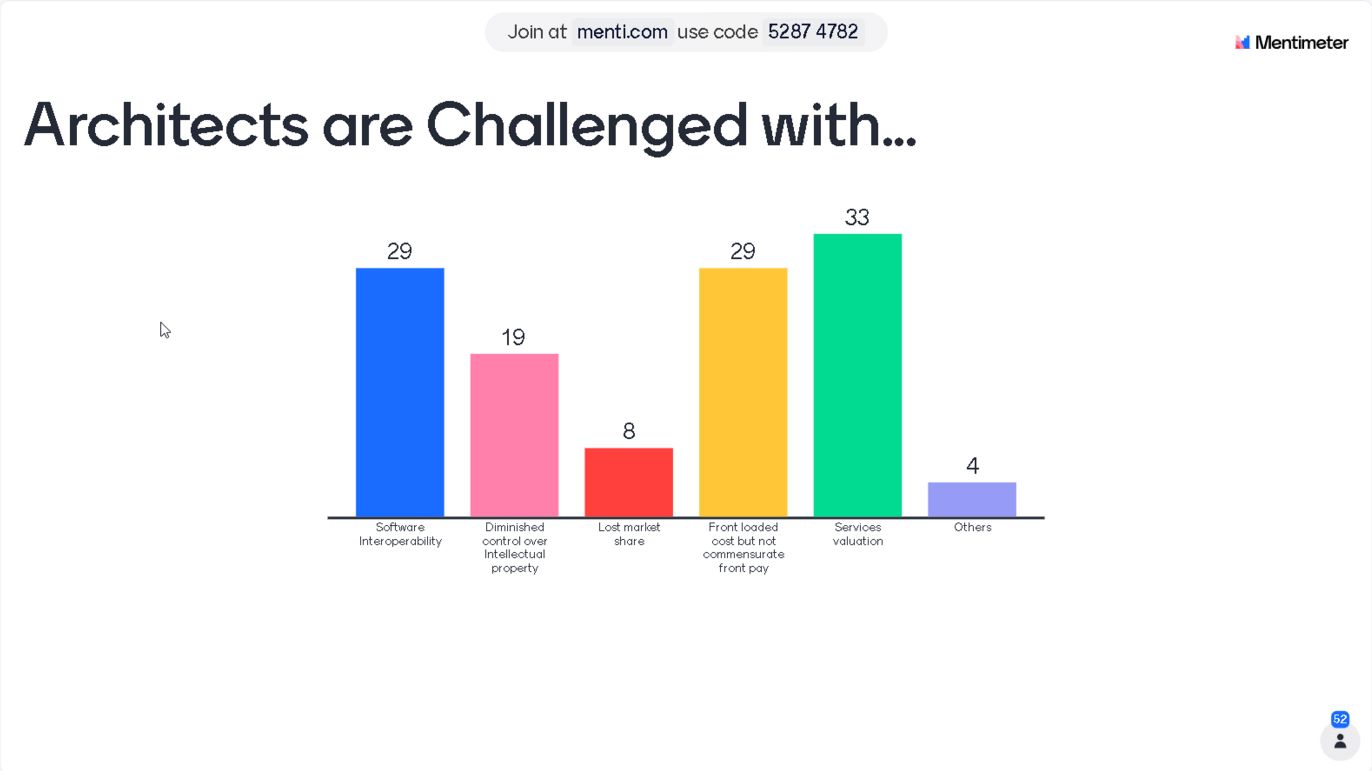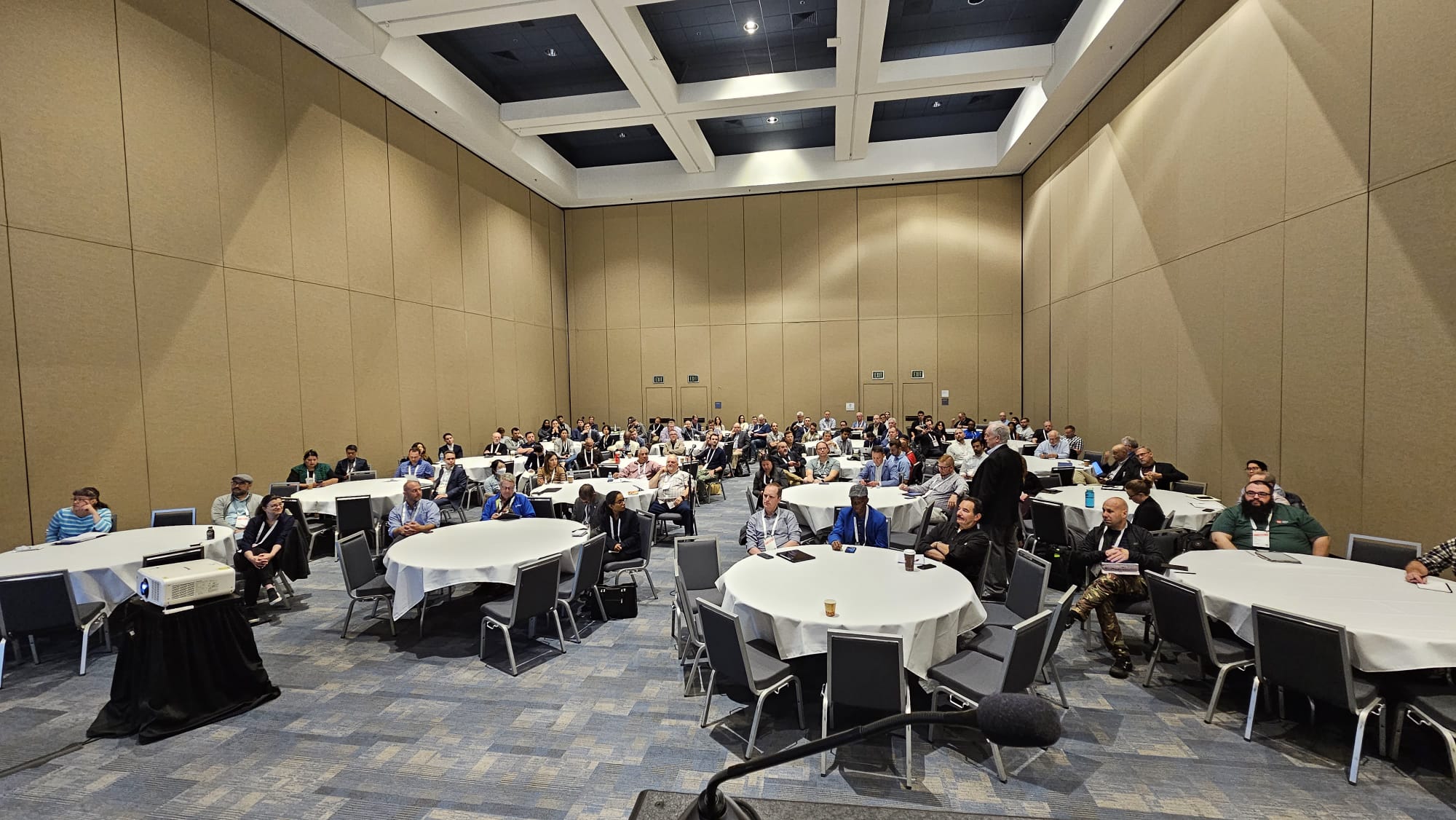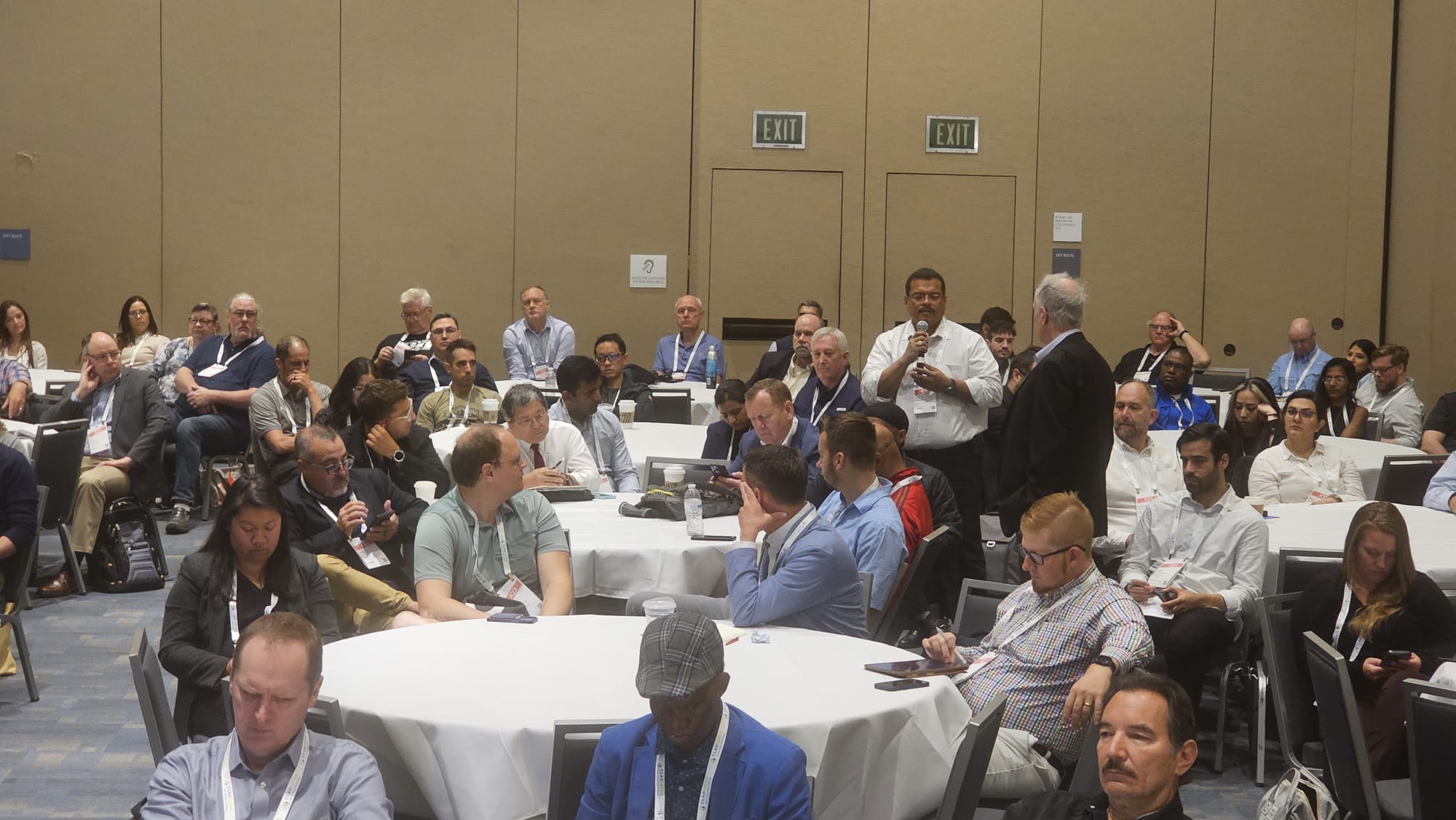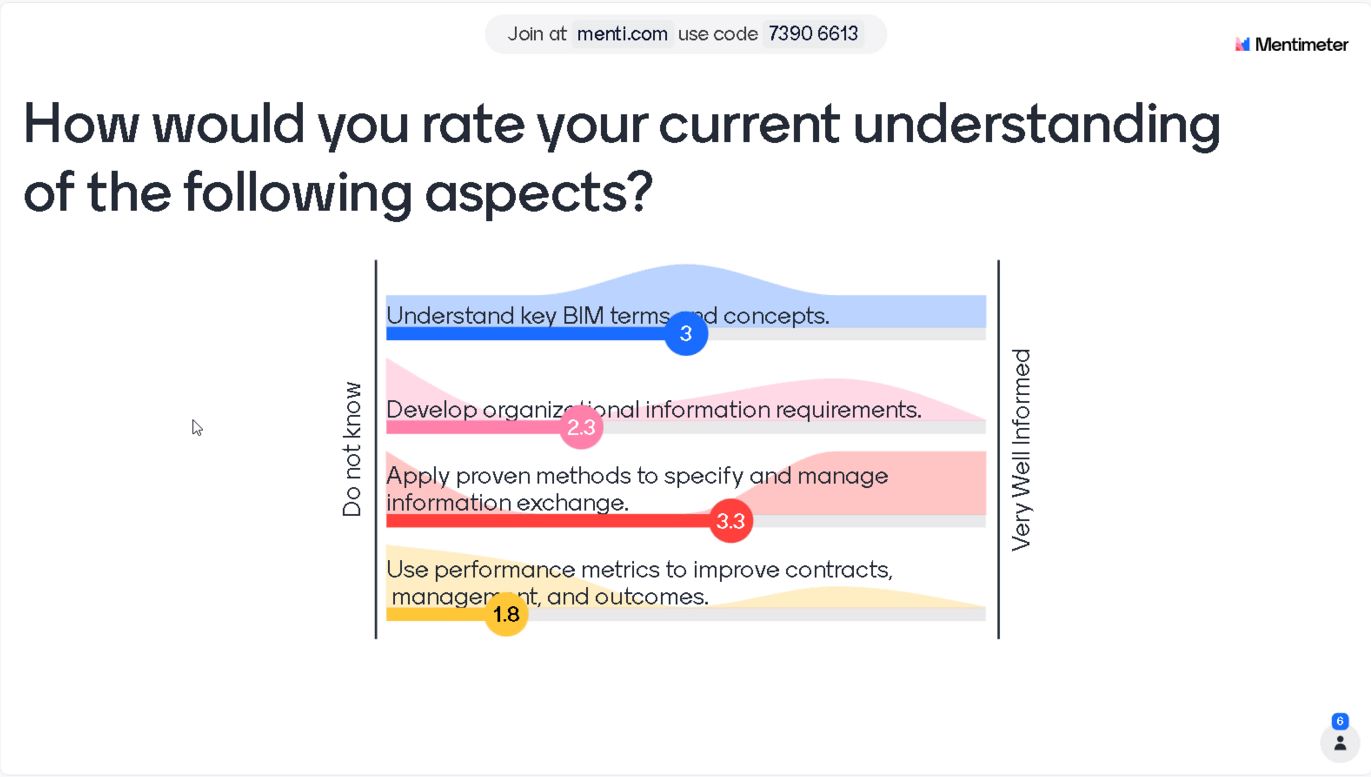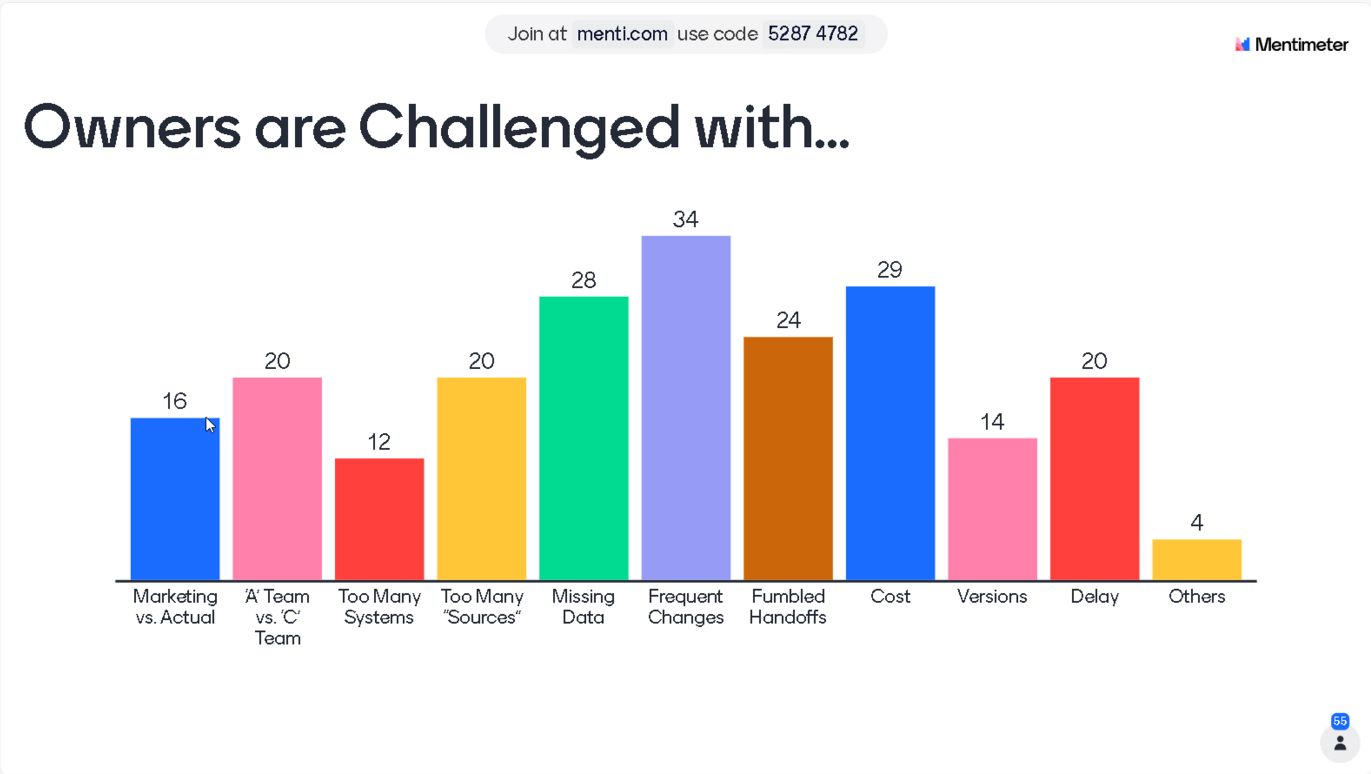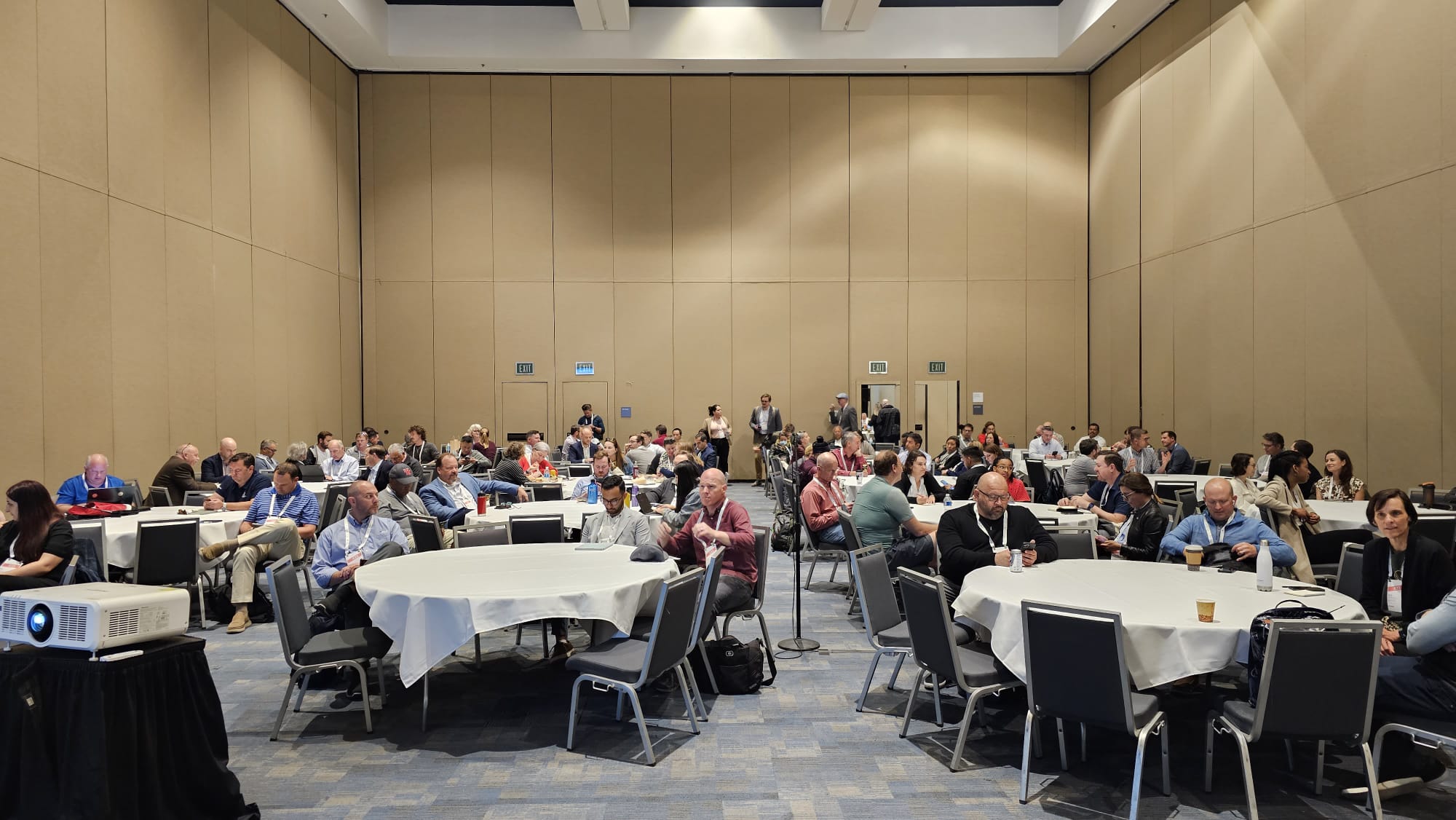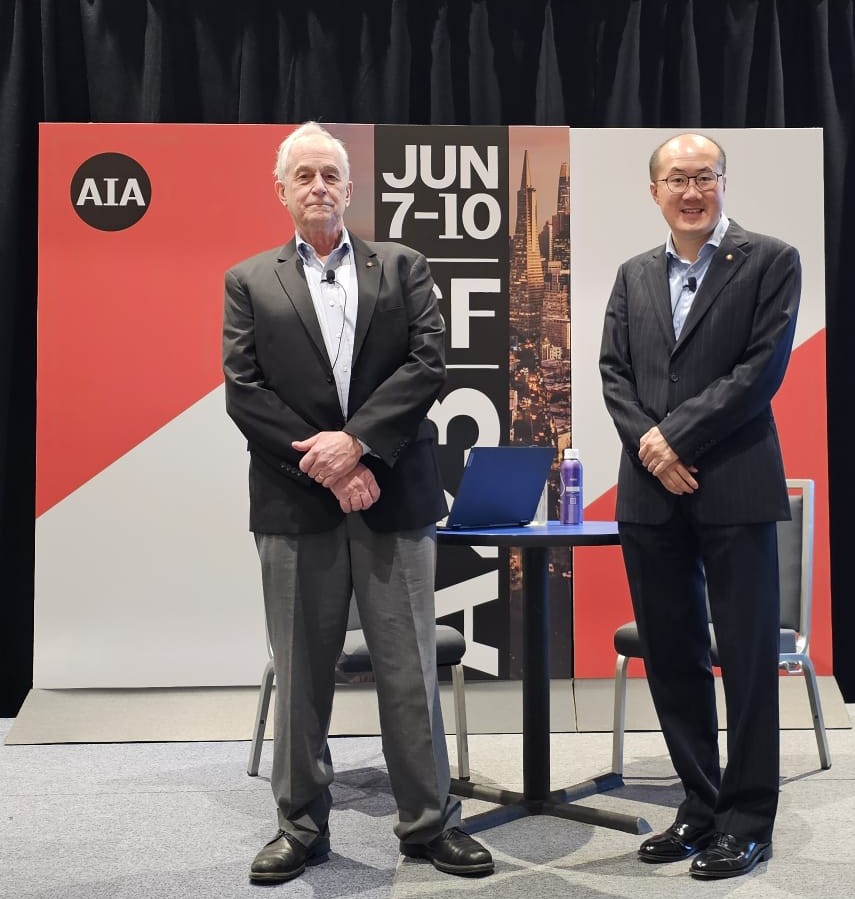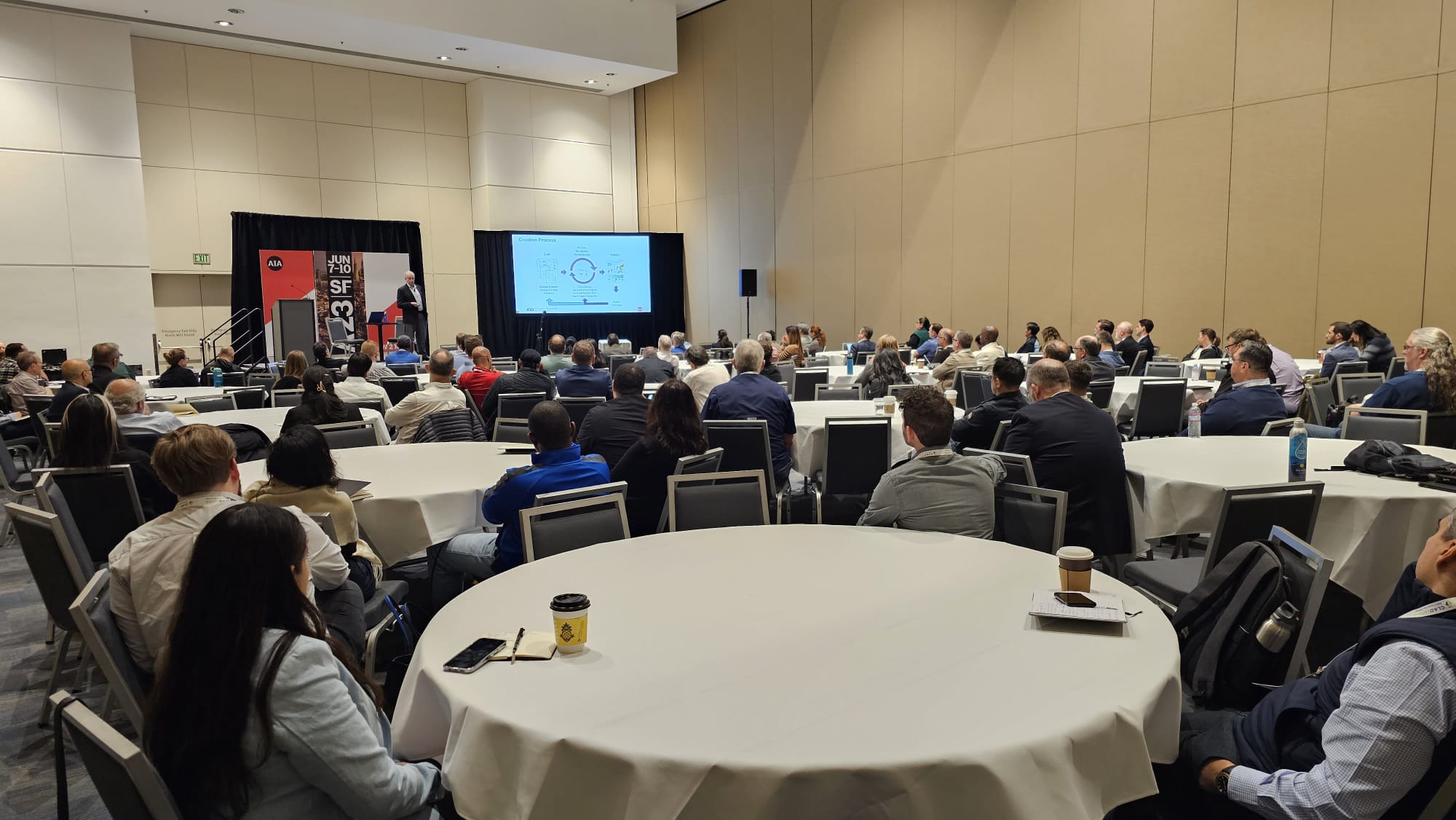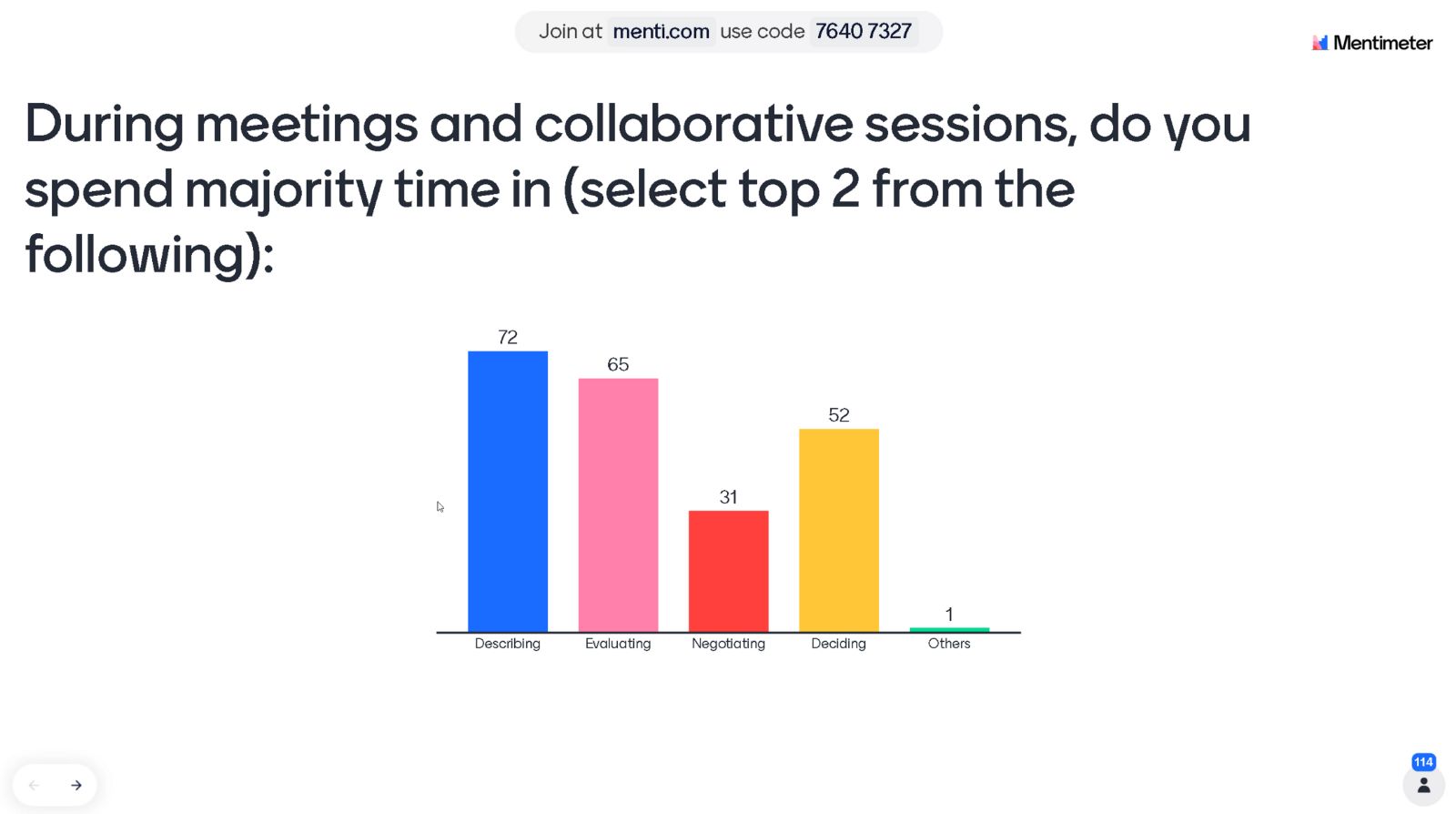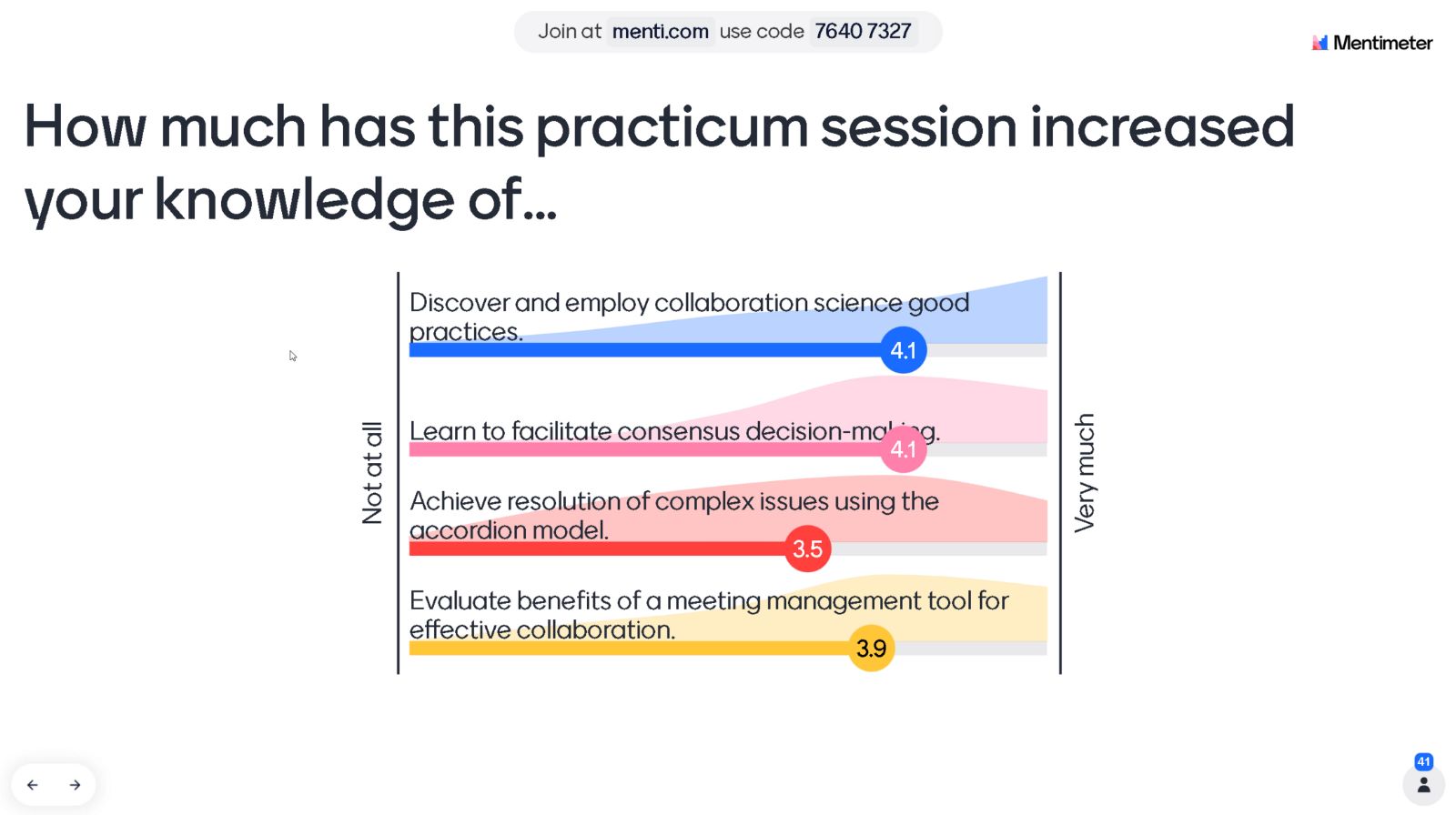A'23 AIA Conference on Architecture 2023
On June 7, 2023, SBI's Founder & CEO, Calvin Kam, FAIA, and Senior Industry Advisor, Jim Bedrick, FAIA, hosted 2 well-received practicums at the A'23 AIA Conference on Architecture, held in San Francisco.
"I really enjoyed both sessions and appreciate the extensive effort you and your team have invested in putting it together. It’s very informative.
Thanks to our guests today, Calvin Kam FAIA, PhD. and Jim Bedrick FAIA, both of Strategic Building Innovation, for agreeing to talk with us about your two very interesting and successful A’23 Practicum Sessions: BIM for Project & Contract Management and Optimizing Team Collaboration.
Let’s begin by discussing why you selected these two topics, openBIM for Project & Contract Management, and Optimizing Team Collaboration — and how they are relevant to current industry needs.
We selected these topics for two reasons. We know that these are both very relevant to current practice, and SBI has significant expertise and experience helping organizations realize improvement in these areas. These two topics go hand in hand because they both support emerging good practice for design, delivery, and operation of built assets; each strengthens the other.
BIM capability is on the rise in the US. Integrated Project Delivery (IPD), and collaborative project delivery methods in general, are increasingly requested in the US market. Adding momentum to industry change, most US States and Federal Agencies now allow, and many encourage, Design-Build delivery for public projects. These delivery methods require strong, transparent collaboration, reliable consensus building, and a new set of project leadership skills.
These new approaches require adjustments to management techniques and tools, as well as effective and efficient collaboration, driving an increasing appetite for effective, reliable, easily implemented BIM strategies and collaborative processes. This is true not only in the US; many economies are now expanding BIM adoption faster than the US. In some ways, proven good practice in other economies helps pave the way for confident adoption in the US. Because openBIM® is a key component supporting reliable information sharing, savvy owners are including openBIM® requirements in standards and requirements for their organizations.
I am into BIM issues with contractors, and I see that owners could really benefit from your coaching/education.
How long have you been engaged with these topics? Have your insights into industry trends and needs been changed by giving these sessions? What were the surprises? What were the predictable concerns and questions of the participants?
We have been advocates and implementors for industry improvement for more than two decades and have seen a lot of change in that time. Some aspects, like the continuing challenge of adopting new technologies and skill sets into daily work patterns, seem to remain constant. [Calvin] has vast international experience with open standards and collaboration, including research at Stanford University, groundbreaking work with the GSA BIM Guide series, and serving in leadership roles for AIA Technology in Architectural Practice Knowledge Community (TAP) and AIA Center for Integrated Practice (CIP), and serving as current President of buildingSMART-USA, as well as appointments such as International BIM expert for the Singapore government’s Building Construction Authority. The research has now been realized through practical application on many projects around the world. [Jim] served on the AIA Documents Committee for 13 years, updating a wide range of contract documents and introducing Models as Legal Document (MaLD) concepts, served a term as AIA TAP char, and currently chairs the BIMForum LOD Specification Working Group. Jim is a pioneering developer of Integrated Project Delivery (IPD) approaches in the US, and Collaboration Science techniques for our industry.
In both practicum sessions, we were able to share good practices proven in application, plus advise on common pitfalls to avoid.
One very welcome surprise during the sessions was that participants seemed ready and willing to take on new approaches. This signals that historical reluctance and skepticism regarding openBIM® and the importance of collaboration are melting away in the face of proven practices with quantifiable success metrics. It emphasizes the importance of programs like these to help industry practitioners pivot quickly and confidently into emerging good practices.
Another surprise was a lively discussion on the topic of controlling defensiveness during collaboration — including the response of one participant who reported that having ideas challenged causes reactions very much like those of being in true, imminent physical danger.
A less pleasant surprise was that only two or three of the architects in the BIM session had used the LOD framework. This tells us that we need to strengthen the effort to bring our profession up to speed with basic BIM-related standards, an imperative to remain relevant, competitive, and prosperous going forward.
Among the more typical reactions, several participants said these new techniques were eye-openers, and they would begin using some of the specific techniques discussed in their firms the very next day.
I understand these sessions were fully subscribed, which indicates a strong industry interest in the topics. For the many who could not participate, what are your three top take-aways from each session? [What three things resonated most strongly with those who did participate?]
BIM for Project & Contract Management
Clarify at the beginning of the project what information will be needed
Set up a useful system of metrics — Control and Outcome metrics are both important
Leverage the power of data-informed decisions and deliverable; make the client aware of these.
Optimizing Team Collaboration
Most of us have learned responses that make collaboration difficult; these can be overcome
Consensus, which is unanimous support for decisions, can be achieved with the right processes.
Consensus building requires skillful facilitation by leaders who support all team members to achieve success.
Your ‘Optimizing Team Collaboration’ session was so relevant.
Were you to give these sessions again in six to twelve months, what elements would you add or modify?
Many new technologies, standards, and processes are driving change in our industry today. We will certainly augment this practicum content with more in-depth practical advice and examples showcasing the use of standards like BIM Collaboration Format (BCF) and Information Delivery Manuals (IDM). Mastery of information management strategies is imperative not only to the design and delivery of built environment, but it is also essential to underpin facility management needs such as digital twins and Internet of Things (IoT) technologies.
